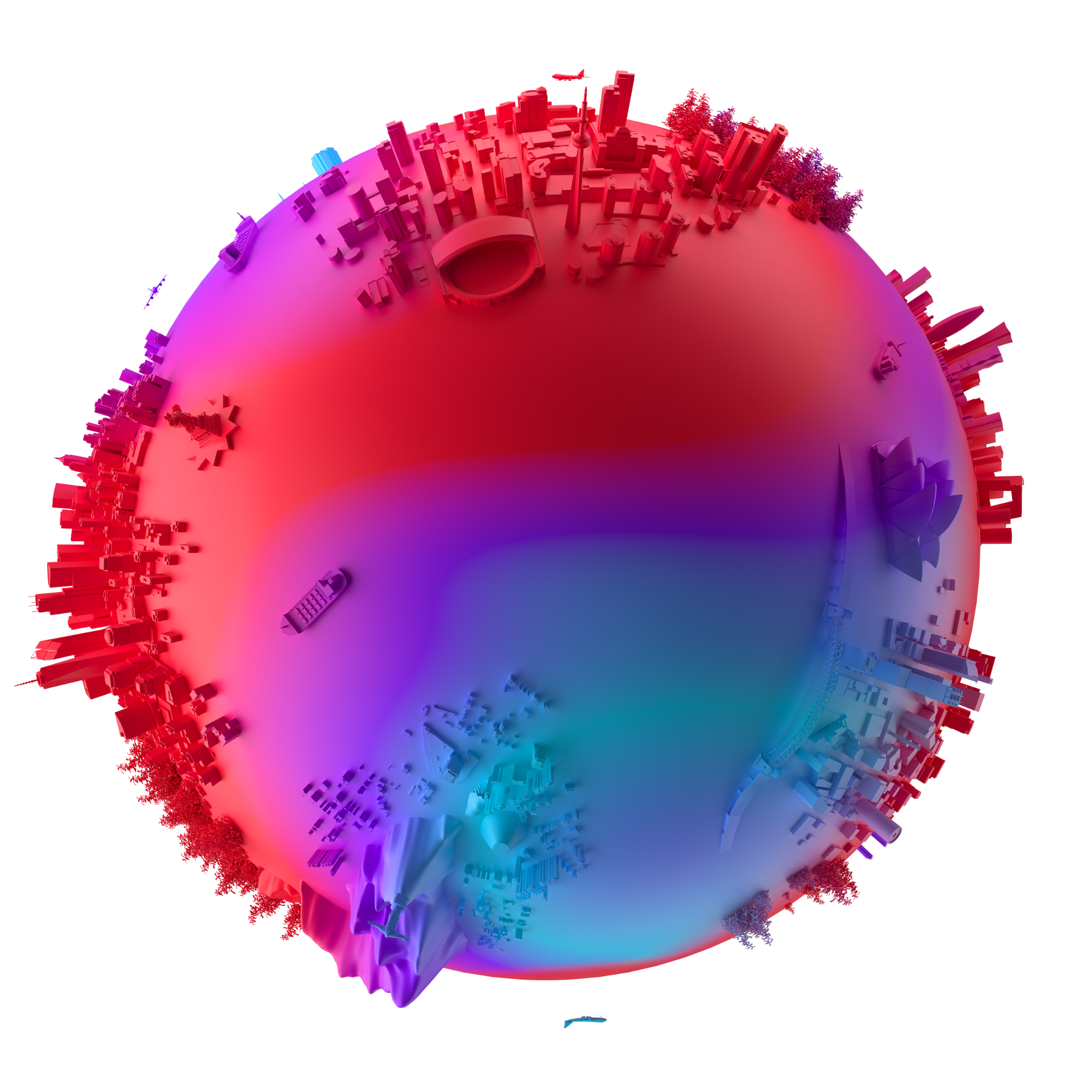Case study | Banco Pichicha: The Unseen Players
Ecuadorian bank Banco Pichicha promotes gender equality in football by staging a match with ‘invisible’ players
This article was originally published in Contagious I/O on 23 September 2021
Share this post
Banco Pichincha, the main sponsor of Ecuadorian football team Liga Deportiva Universitaria de Quito (LDU), launched a campaign in January to raise awareness of the importance of gender equality in sports.
During an international match at LDU’s Rodrigo Paz Delgado stadium on 25 January 2020, Banco Pichincha and creative agency MullenLowe Delta in Quito staged an additional match with a twist: it was invisible. At half time, a ball appeared on the field and began to move as though being passed around despite there being no players in sight, while the referees presided over the game as if it was real.

The Unseen Players match lasted several minutes and concluded with a goal. (The ball was controlled by a radiofrequency device developed by Argentinian tech company Pasto).
After the mysterious spectacle had played out, a video message from Belén Aragón, captain of LDU’s women’s team, appeared on screens around the stadium and said: ‘Like this match, there are 234 matches that very few people see. It is very important that together we promote gender inclusion and equality in sport.’

Following this, the men’s team returned to the field and formed a guard of honour – essentially a parallel line that is traditionally used in football as a display of respect and is usually reserved for winners of a league or cup competition.
Results / According to the agency, over 40,000 fans saw The Unseen Players match live and the campaign resulted in over 25 million impressions. The earned media was valued at 850% more than the cost of Banco Pichincha having to pay for the ads to be seen by the same number of people.


